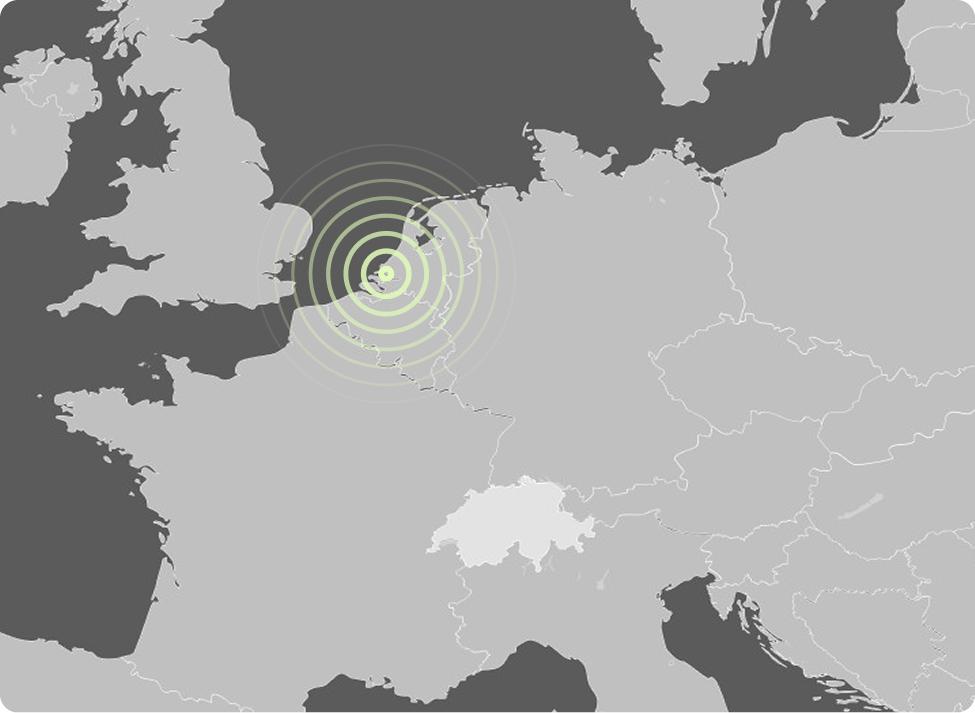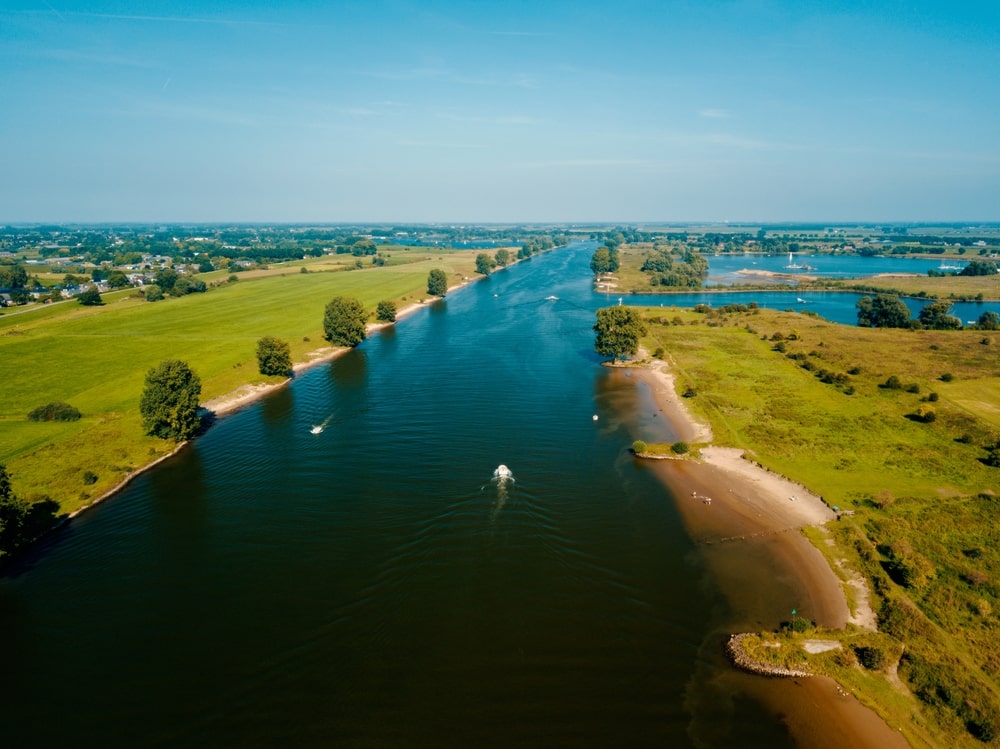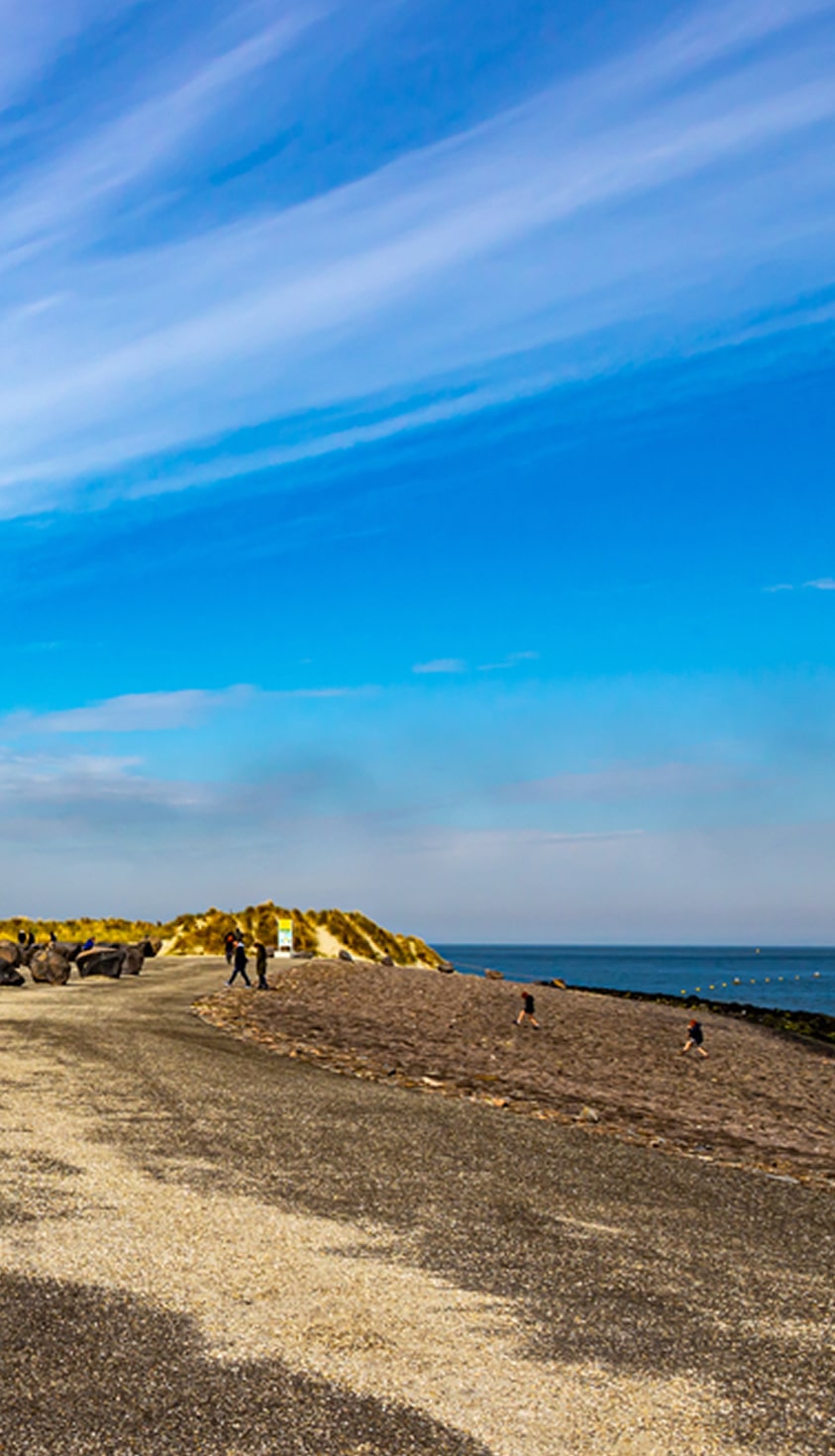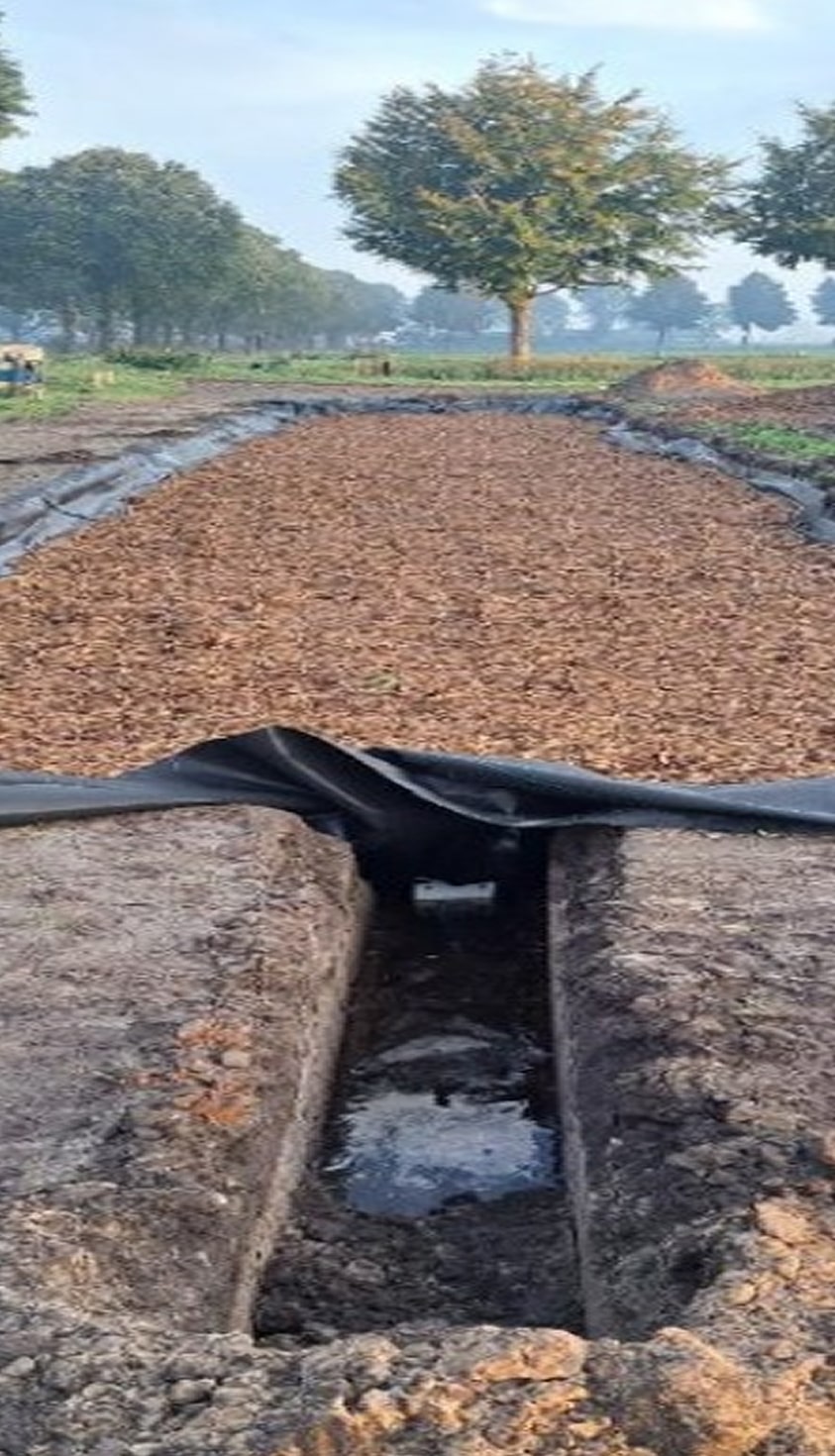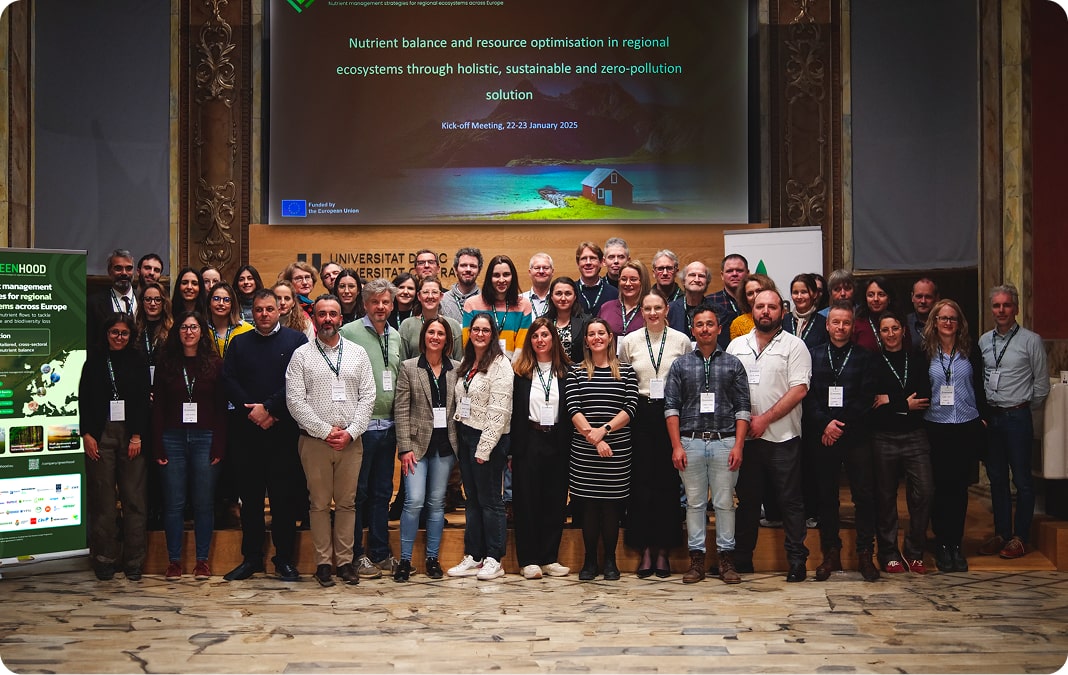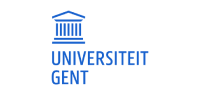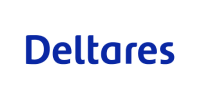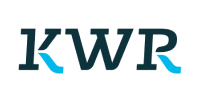The Luikbeek stream in Belgium and watercourses in Vinkenloop and Lievelde (NL) often exceed EU Water Framework Directive thresholds for nitrates, indicating the urgent need for effective mitigation strategies.
Efforts needed to reduce nutrient loading:
- Implementation of Nature-based Solutions (NbS) to retain and remove nutrients from agricultural runoff.
- Use of constructed wetlands and buffer zones to enhance water purification.
- Better control of drainage water through bioreactors and sedimentation systems.
- Integration of nutrient retention measures at the landscape level.
- Monitoring and modelling of nutrient fluxes to assess solution impact.
